april 6th, 2006
After the Independence of Georgia in 1991, many things have changed. The Lari, for instance, became the new currency in 1993. The western economy was introduced and brought many new products, which made others disappear. To ensure the remembrance of this period in Georgian history, some artifacts representing Georgia at the present moment were collected and put in the ground, for future archaeologists to discover.

In October 2006, in the frame-work of Art Caucasus, many more object will be preserved for the future and put in the ground of the Ethnographic Museum in Tbilisi. Reversing the vision on any science towards the future is of major importance in Georgia and the rest of the world. The new generation should know about the project to tell their children, so they can tell their children, and so on… so the modern history of Georgia is preserved for future generations.
Maarten Vanden Eynde
Preservation of the Future, 2006
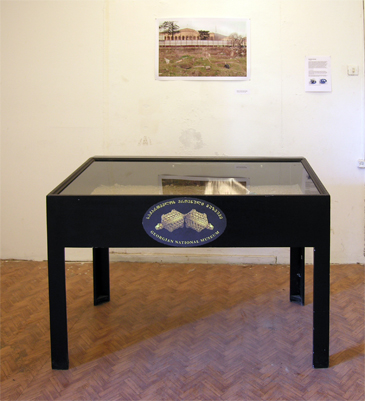
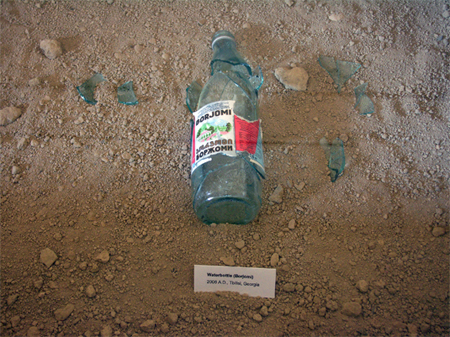
On Wednesday the 15th of March 2006 a set of Lari coins (50, 20, 10 and 5 tetri) were buried in the garden of the NAC/National Art Center in Tbilisi, Georgia, right in front of the Parliament.
Preservation of Georgian Lari, 2006
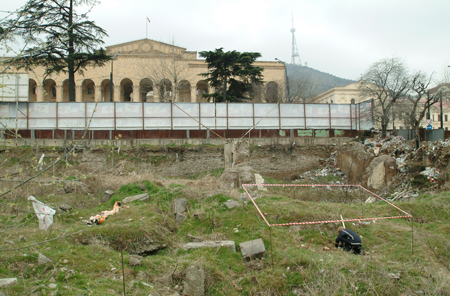
Posted in Archaeology, Visual Arts | Reacties uitgeschakeld voor Preservation of the Future II
maart 10th, 2006
Preserving information and ensuring the transmission of knowledge from one generation to another is an ancient cultural activity. As a field within library and archival science, preservation is only a few decades old. It began primarily as item-level repair and conservation, deriving its original professional traditions and physical techniques in large part from the museum world. To the importance in that world of the repair and conservation of individual pieces deemed to be of special value as artifacts, preservation in libraries has added the significance of the archival value of the object as bearer of historical evidence. In a very short time, preservation has developed into a critically important part of managing library’s and museums most precious assets, its collection. Paradoxically, dedicated as it is to mitigating the deleterious effects of aging, preservation has rapidly become, along with computer applications, one of the most forward-looking fields in the library and archival profession. One step further is the predetermined preservation of all possible things representing the present. What do we preserve for the future?
Based on a text by Abby Smith.
Biosphere II in Arizona (funded by billionaire Ed Bass)
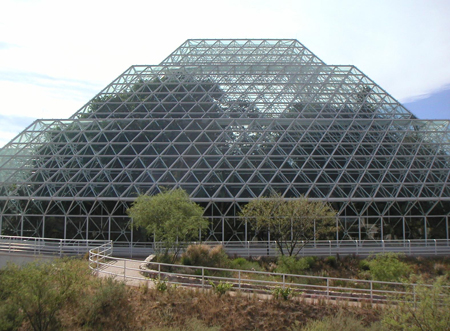
Biosphere 2 is a 3.15-acre (12,700 m2) structure originally built to be an artificial closed ecological system in Oracle, Arizona (USA). Constructed between 1987 and 1991, it was used to explore the complex web of interactions within life systems. It also explored the possible use of closed biospheres in space colonization, and allowed the study and manipulation of a biosphere without harming Earth’s. The name comes from the idea that it is modeled on the first biosphere, which is the life system on Earth. The first closed mission lasted from September 26, 1991 to September 26, 1993. The crew were: medical doctor and researcher Roy Walford, Jane Poynter, Taber MacCallum, Mark Nelson, Sally Silverstone, Abigail Alling (a late replacement for Silke Schneider), Mark Van Thillo and Linda Leigh. At a size comparable to two and a half football fields, it was the largest closed system ever created. The sealed nature of the structure allowed scientists to monitor the ever-changing chemistry of the air, water and soil contained within. The health of the human crew was continuously monitored by a medical team. After several month extra oxygen was needed from the outside world. Several animal species died and food was scarce. No mission was ever succesfull in the sense that Biosphere II proved to be a functional alternative to Biosphere I.
Mark Dion
Mobile Wilderness Unit, 2001 (290 x 170 x 380 cm)
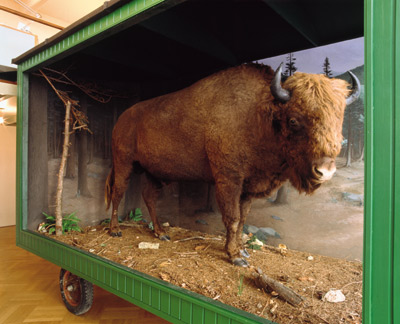
Damien Hirst
Away from the Flock, 1994
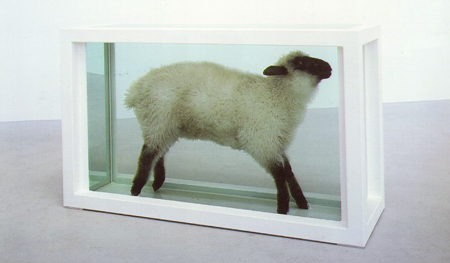
Posted in Archaeology, Biology, Visual Arts | Reacties uitgeschakeld voor Preservation of the Future
maart 9th, 2006
Maarten Vanden Eynde
Genetologic Research nr.22; 60937 Ikea-era, 2005 A.D., Rome, Italy
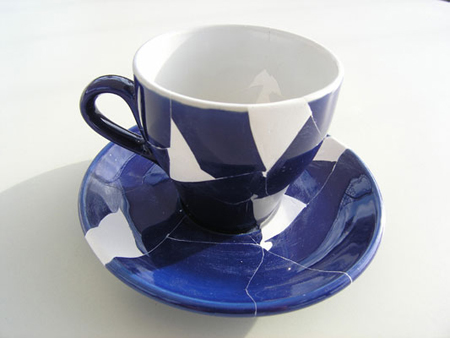
Genetologic Research nr.23; 50075026 Ikea-era, 2005 A.D., Rome, Italy
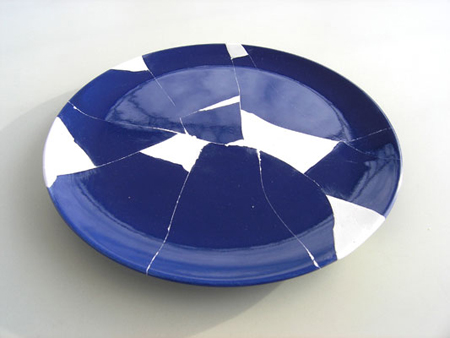
Posted in Archaeology, Garbology, Visual Arts | Reacties uitgeschakeld voor Modern Archaeology II
januari 16th, 2006
During the 1993 Long Beach Earthquake in Los Angeles, USA this coastalroad was destroyed. Wind and water have taken over the area and transformed it into a modern acheological site. A new geological layer is added on top of the others; concrete and asfalt.
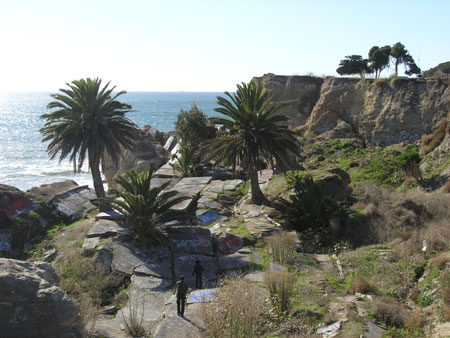
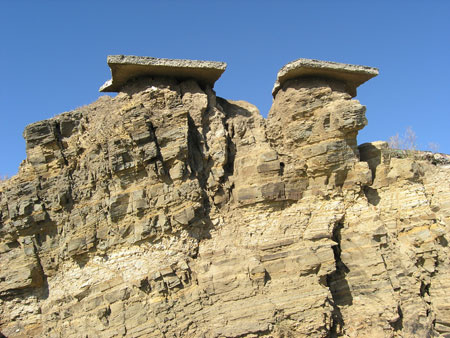
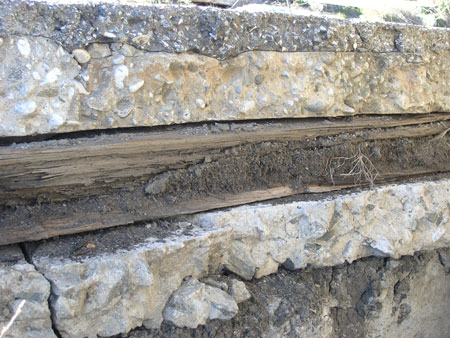
Posted in Archaeology, Stratigraphy | Reacties uitgeschakeld voor The Long Beach Earthquake of 1933
januari 10th, 2006
ANT FARM (Chip Lord, Hudson Marquez, Doug Michels)
Build in 1974, Cadillac Ranch was made up of ten Cadillacs, ranging from a 1949 Club Coupe to a 1963 Sedan, buried fin-up in a wheat field in Texas. The piece was contructed in four days using a motorized back-hoe and low-tech surveying tools. On the fifth day the work was unveiled. In the tradition of readymades, the work uses mass-produced parts which have symbolic overtones. The Cadillac was a status symbol in 1960s America, indicating that the owner was financially succesful and had therefor ‘made it’. By using the Cadillacs as mere component parts of a work, ANT FARM subverted their symbolic function. The piece functions as a kind of cemetery, a comment on social values as well as their deathly polluting effect on the environment.
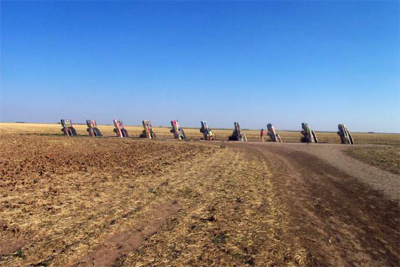
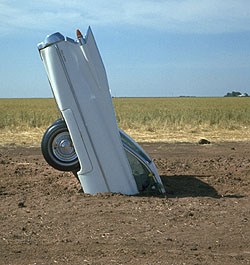
Posted in Archaeology, Garbology, Visual Arts | Reacties uitgeschakeld voor Cadillac Ranch
november 23rd, 2005
Mark Dion
Mark Dion is an explorer, naturalist, archaeologist, botanist, historian, and artist all rolled into one. His recent art actions and museum installations have focused on archaeological digs at unusual sites, deemed “historically insignificant” by local historians. A recent dig on the bank of the Thames River in London revealed interesting, if not significant, objects such as medicine bottles, animal bones, pottery shards, and several messages in bottles. As with other dig recoveries, Dion categorized the Thames material and presented it in curiosity cabinets (a term describing the display cases used for cultural artifacts and oddities in the seventeenth century) at the Tate Museum in London. Unlike an archaeologist who scientifically classifies objects to reveal their historical significance, Dion creates his own categories that may tell us more about contemporary culture than that of the past-color, for example, may put a sixteenth century, yellow porcelain fragment next to a Juicy Fruit gum wrapper.
New England Digs, 2002
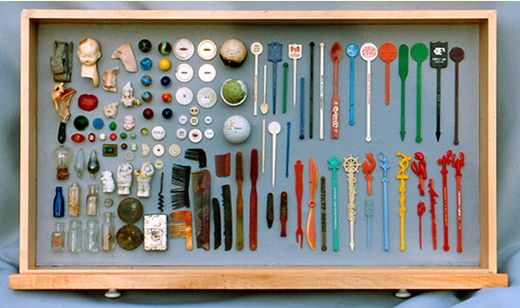
Maarten Vanden Eynde
‘In 2004 I went to Tajimi, Japan to master the art of traditional ceramic making. I learned to make a tea ceremony tea-cup, the most valuable ceramic art object, and destroyed it. I labeled it ‘Genetologic Research N.18, 2004 A.C., Tajimi, Japan’ and presented it in a typical conservation-like museum context. It was very hard to explain my motives to the Japanese visitors of the exhibition taking place at the end of my residency, who considered the broken cup as useless. A stonethrow away from the room where my work was shown, in the same building, people where selling little pieces of very old cups on an antique market for extravagant prices. Right now, in 2006, the work is history and as much part of archaeology as any other found object’.
‘Genetologic Research Nr. 18, 2004 A.D., Tajimi, Japan’, 2004
(35cm x 35cm x 20cm)
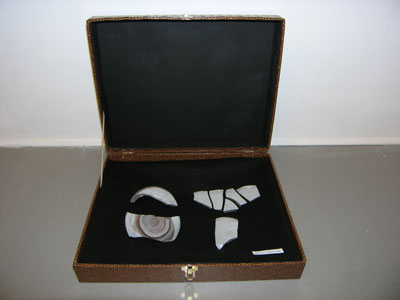
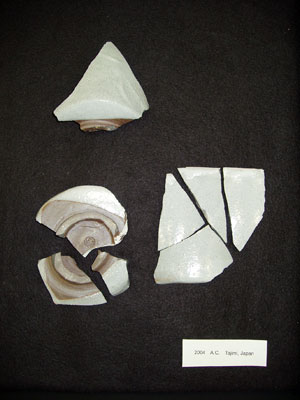
In 2005 I went to Rome, Italy, just after IKEA declared that their catalogue was now the most printed book ever in human history. They beat the bible in the same week as the big boss of IKEA beat Bill Gates and became the richest man on earth.
I descided to preserve an IKEA sample for future generations and dug it under ground in Il Foro Romanum, the old historic center of the Roman Empire. It is an open air museum, where archeologists are digging for eternity.
‘Preservation of IKEA tea cup’, 2005


Posted in Archaeology, Garbology, Visual Arts | Reacties uitgeschakeld voor Modern Archaeology


















